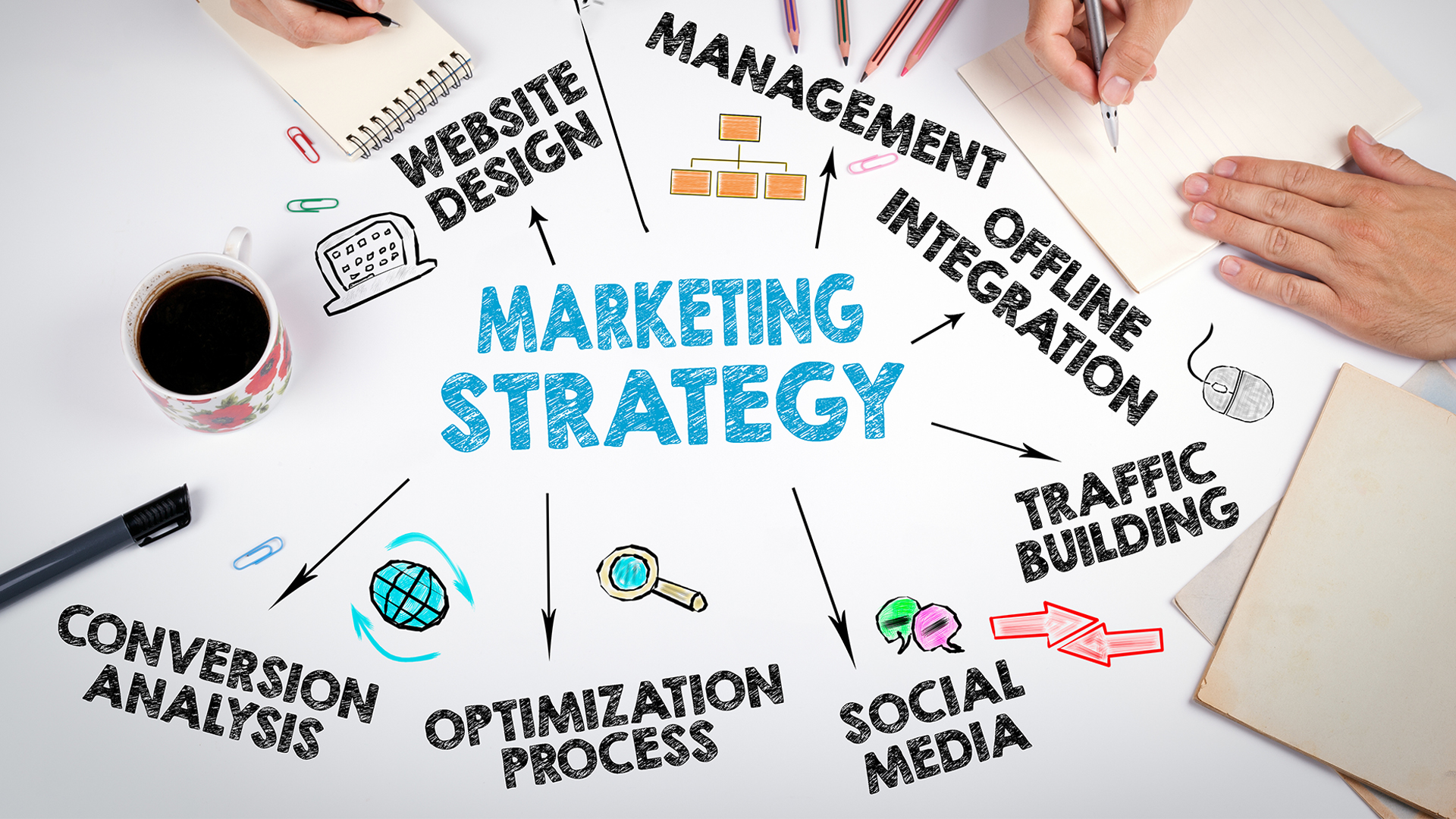With The Rise In More New Media Channels, How To Navigate The Customer Journey Within Your Marketing Strategy
By Adam Herbert, CEO and co-founder of Go Live Data
While the stable big three remain in play, email, digital and social, the extent of each of these channels grows and adapts almost daily. With new regulations to navigate, new algorithms to fight against and technological growth to contend with it, can be a marketing minefield.
I’m Adam Herbert, CEO and co-founder of Go Live Data and in this article, I’ll explain how you can navigate the wave of new media channels effectively.
While the basics of email remain pretty constant, the regulations around data and who you can send what to in what way and with what options to unsubscribe, coupled with how often and when can be tricky.
GDPR is a non-negotiable, which is why if you’re considering sending a lot of emails, frequently, you need to be on top of your data and clean your lists as often as possible. Not keeping track of unsubscribers or not working with a platform that will auto-remove them isn’t an option.
Next comes frequency. How often is enough, does too many emails drive your potential clients to the unsubscribe button? It’s impossible to answer if you’re not tracking your data, open and click-through rates and how many people take action or respond.
Once you know these figures you can work out your email risk. The delicate balance between knowing you’re going to get some who unsubscribe, but who probably weren’t that interested in the first place, and those who need that little nudge to get them over the line.
Finally, it’s all about content. And really, this should come first. Without engaging, well-written and clear content, no one is going to interact with your emails. You need to offer clear value, whether that be a discount, information on a new service or information on the topic they signed up to receive the email on in the first place.
Stay consistent, stay targeted and where possible, work with a data agency to maintain your data to the highest level possible.
Digital
Digital covers all three of the core areas here in some way. To integrate digital into your customer journey, you need to first look at where you’re connecting with your customers. If you’ve seen a significant drive from appearing in a certain online publication, then it may be worth considering starting a digital relationship with the title where you can host display ads.
Equally, if you’ve been on a podcast, or there’s one which is super niche to your audience, it could be worth considering sponsoring it.
The key to adding digital to your customer journey and marketing strategy is to see it as a bolster or support to your other work. On its own, it might struggle, but supported by your other work, it can add that extra touchpoint needed to get that customer over the line.
Social
There’s no disputing the power of social media. It’s one of the first places, aside from Google, where potential customers will try to check you out. They’ll look for reviews, they’ll look at your content and they’ll look at who is commenting what under your posts.
They’ll also look to be inspired and engaged. If a company is purely posting stories about itself with little to no engagement and isn’t trying to converse with its audience, it can come across as cold. There’s often a real case of businesses doing social, for social sake, without any real thought or strategy behind it.
The key is to work out what you want social to deliver. Is it just about telling your customers about your brand or product? Or is it about sales? Each comes with its own list of requirements, and one requires a healthy budget.
With all the added integrations now available, social can be one of the highest-returning tools for lead generation and when plugged into your CRM to nurture those leads further, can build a strong customer basis.
The key with all these channels is strong, clean data and a CRM that helps you maintain frequent and targeted communication. Get your data right, and you’ll be 90% of the way there.








